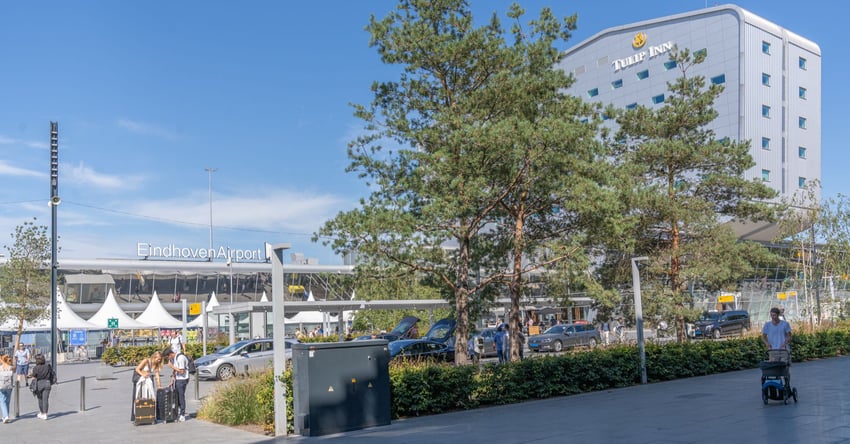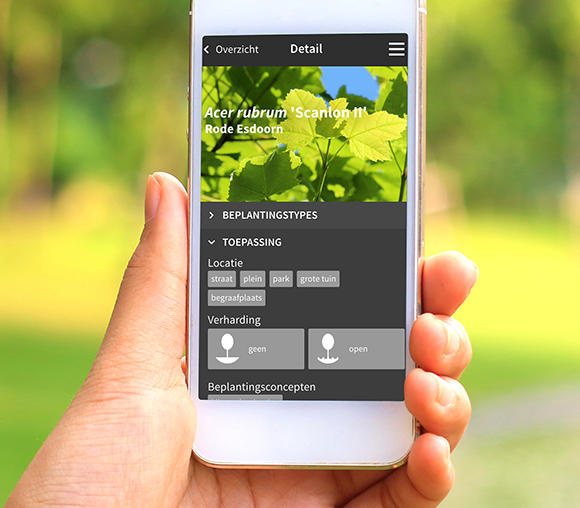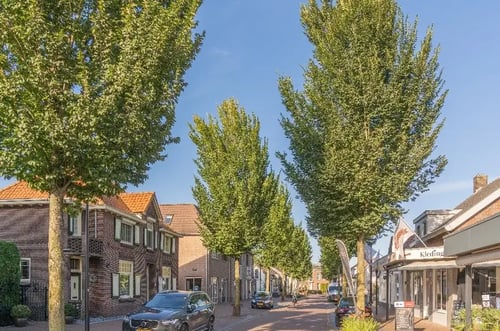Better air quality using trees: how does it work?

Trees are often referred to as the lungs of our planet. This is because they can absorb carbon dioxide from the atmosphere and release oxygen by means of photosynthesis. But that's not all. Trees also play a key role in cleaning the air by absorbing pollutants from the atmosphere and purifying the air. Pollution in the air has many sources, such as industry, intensive agriculture, (air) traffic and forest fires. This air pollution can cause all kinds of health problems, including respiratory problems, cardiovascular disease and pulmonary disease and cancer. In this article, we look at the effect of greenery on purifying the air.
Trees and their purifying effect
Trees are natural air purifiers that help reduce the harmful effects of pollution. In relation to health, it mainly concerns reducing the effects of particulate matter, soot, nitrogen dioxide and ozone. Trees have a direct influence on concentrations of these substances via deposition or dispersion and the impact of airflow.
Trees purify the air in several ways:
- Absorbing pollutants: plants have pores in their leaves that can absorb pollutants from the air. For example, they absorb harmful gases such as carbon monoxide, nitrogen oxide and sulphur dioxide. These are substances that can cause respiratory problems in humans in particular.
- Filtering polluted air particles: plants are able to absorb airborne particles. These are small (soot and particulate matter) particles, mainly from industry and burning. They pose all kinds of health problems such as dementia and cancer. If we just look specifically at trees, they purify these particles in the green plant parts such as leaves, juvenile twigs and platelets.
- Trees release oxygen in the air which is essential for human health and life on earth. Oxygen is not only necessary for breathing. It also helps to purify the air by oxidising pollutants and thereby reducing their harmful effect.
- Breaking down of pollutants: plants have the capacity to break down pollutants via a process known as phytoremediation. This means that they can convert harmful chemicals into less harmful substances. Research is ongoing relating to purging PFAS from the soil using plants and is encouraging.
Sound choice of species minimises hay fever complaints
Trees reduce air pollution. This is a good thing. However, there are also people who are allergic to certain types of tree pollen (hay fever). Choice of species is important in this and good advice is essential. In general, this is an issue for a limited time in spring when the air is dry. A sensible choice of species and a planting scheme featuring a variety of species can limit the effects of hay fever.
Behaviour and smart choice
Numerous studies have shown that a green environment can have a considerable positive impact on air quality. Not just owing to the air-purifying capacity but also via changes in behaviour. For instance, a green environment encourages people to choose use of bikes rather than cars. In this way a green environment contributes directly to cleaner air. Greenery also slows down traffic, cutting emissions. By using greenery in places where pollution occurs, you can offset the pollution in a very direct way. The main gain is to be had with tree planting, simply via exploitation of leaf mass and leaf volume. Planting trees along the road network directly limits the amount of nitrogen dioxide in the atmosphere. Filtering particulates on the spot is the principal function of a tree when it comes to air purification.
The important role of trees
In short, trees play a crucial role in absorbing many substances. Primarily substances such as carbon monoxide, nitrogen oxide and sulphur dioxide. Trees hereby deliver a direct service to people. They also help to reduce the concentration of greenhouse gases in the atmosphere. The importance of trees in purifying the air cannot be underestimated. Efforts to protect forests and to plant trees wisely must, therefore, be prioritised. This way we can prevent human activities further damaging the climate.













